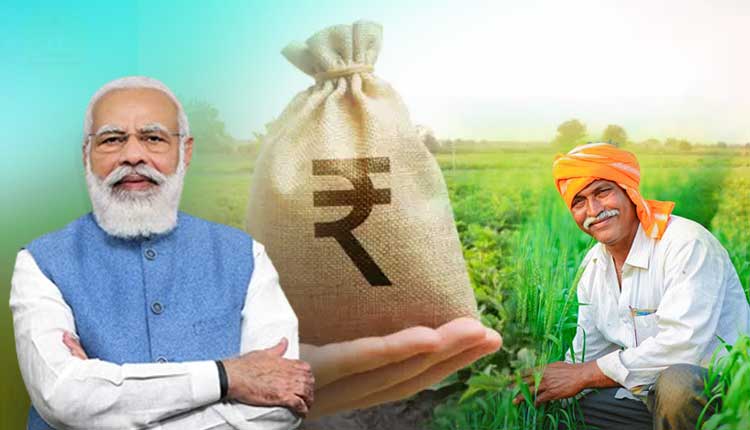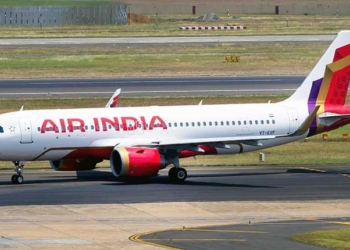New Delhi: Pradhan Mantri Kisan Samman Nidhi (PM KISAN), a flagship scheme of Modi government, continues to achieve new milestones in providing financial assistance to farmer families across the country via Direct Benefit Transfer (DBT).
When Prime Minister Narendra Modi released the 16th installment of PM KISAN on Wednesday, the amount of monetary assistance to farmer families, till date crossed a whopping sum of Rs 3 lakh crore. More than 11 crore eligible farmer families stand to have gained the benefits of PM KISAN yojana. Out of the staggering amount, about Rs 1.75 lakh crore was transferred to farmers during the COVID period alone.
Another major accomplishment of the programme is the addition of about 90 lakh new beneficiaries to PM KISAN scheme. This happened during Modi government’s Viksit Bharat Sankalp Yatra when it passed through 2.60 lakh Gram Panchayats to impress upon the locals about Central welfare schemes.
PM-KISAN, an ambitious scheme of Modi government for wholesome financial security and welfare of the farmers, was launched on February 2, 2019. Under the scheme, the eligible farmer families get a monetary assistance of Rs 6000 per year, delivered in three equal instalments of Rs 2000, every four months. The benefit is transferred directly into the bank accounts of eligible beneficiaries through DBT mode, using modern digital technology.
Notably, in last five years of its operation, the scheme has achieved many milestones and received accolades from various global organisations, including the World Bank, for its sheer vision, scale, and seamless transfer of funds directly into the accounts of farmers.
A recent study by the International Food Policy Research Institute (IFPRI) on farmers of Uttar Pradesh also found that the scheme didn’t have gaps or leakages. It found that the benefits transferred to majority of farmers was received in toto and there were no leakages in between.
The same study also found that the farmers receiving cash transfers under PM-KISAN were more likely to invest in buying agricultural equipment, seeds, fertilizer, and pesticides.
(IANS)
















